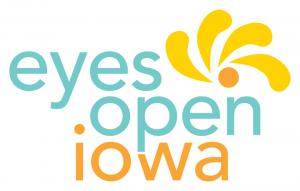This training is designed to help people develop the skills to teach sex education to people with intellectual and developmental disabilities. It covers adapting materials for all learners, investigating your own values and biases, and can include information on how to deliver our EASE Curriculum. This training can be delivered in-person and virtually, either live or asynchronously.
By attending training with RSEI, participants also gain access to members-only content on our website, as well as up to 10 office hours sessions for 1:1 support from an RSEI educator. Learn more about the support services we offer here(link is external).
RSEI is committed to providing affordable professional development for our communities. If the cost is prohibitive, please fill out our scholarship request form here(link is external).



